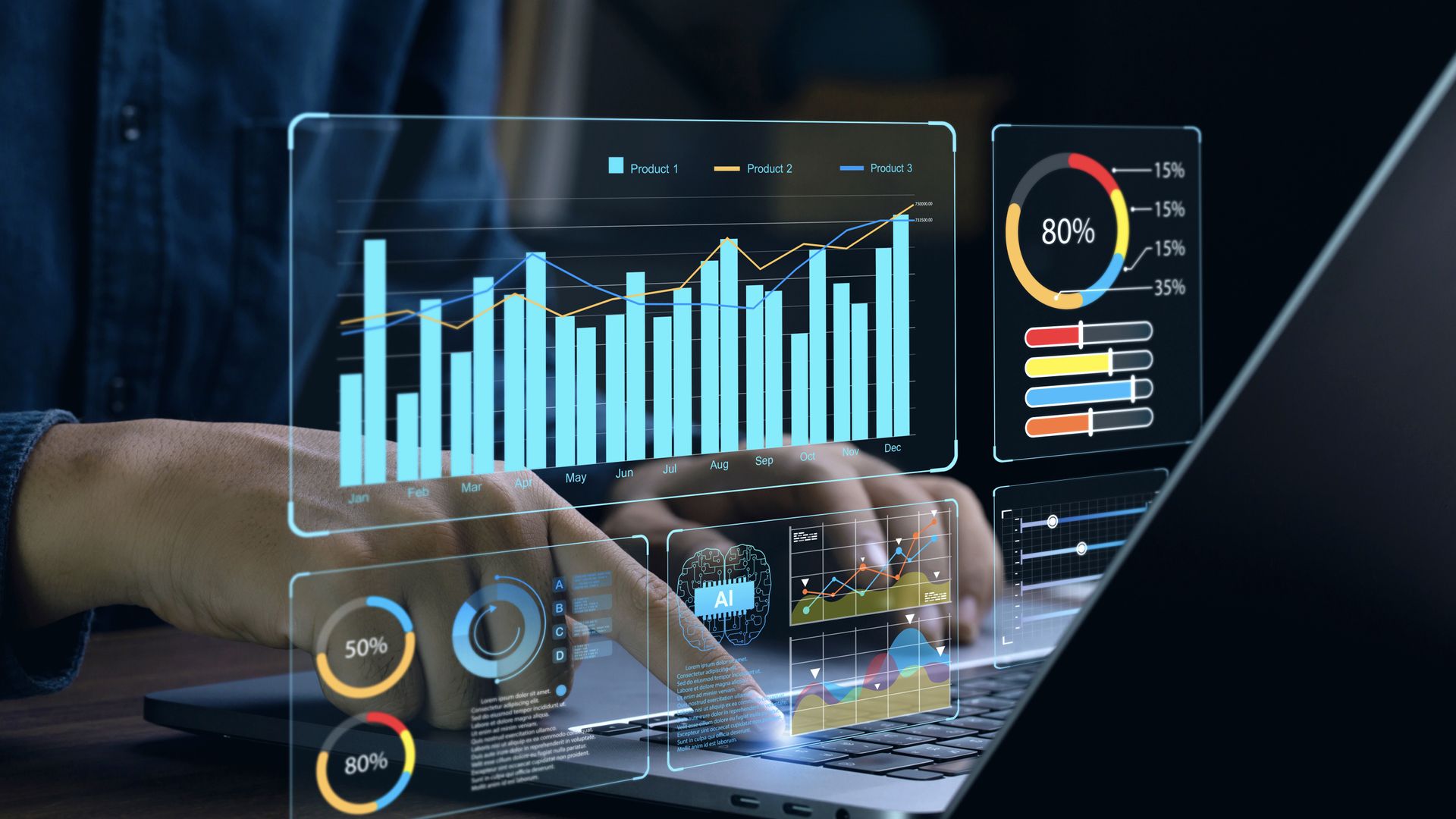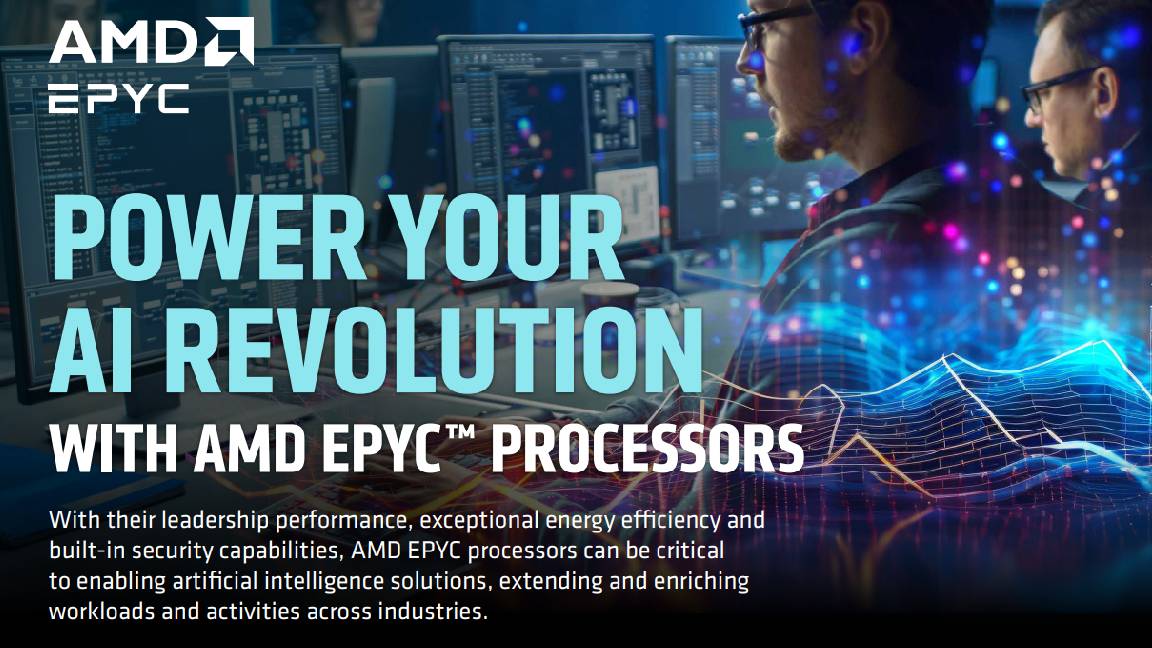Why efficiency lies at the heart of business success
No detail is too small when it comes to improving business performance and sustainability goals

As legendary San Francisco 49ers coach Bill Walsh said “The score takes care of itself.” Walsh famously ran his NFL team like a business and believed that if they relentlessly focused on improving themselves the scoreboard would show it. In other words, finding greater efficiency would lead to success.
For Walsh and his 49ers, no detail was too small, as long as they could find the efficiencies that would make the team better. It’s a philosophy that easily translates into the business world, where small changes can lead to major outcomes for both profit and sustainability.
However, businesses are under more scrutiny than ever before; climate change is high in the public consciousness and everyone from customers to shareholders to regulators demands that businesses acknowledge their environmental impact. This means taking measurable steps toward decarbonization, or reaching ‘net-zero’.
Balancing the demand for newer, compute-intensive technologies with green responsibilities can feel like throwing a Hail Mary pass in the final seconds of the 4th quarter. But by looking at every detail of their operation, finding the areas that can be improved, and thus simply letting the score take care of itself, businesses can win for themselves and the planet.
The net-zero battleground
US data centers consumed approximately 268TWh of energy in 2019, which represents 6.3% of America’s total energy usage, according to 451 Research. To put that into stark context, that was a higher percentage of energy consumption than the entire country of Mexico.
That perhaps is one of the reasons why many people in the tech industry now believe that the data center is where net zero could be won or lost. It is also why most IT leaders see energy efficiency as a top priority, with some valuing it higher than performance and security. By 2027, 75% of organizations will have some kind of data center infrastructure sustainability program, according to Gartner. And that figure has increased from less than 5% in 2022 as businesses seek to drive cost optimization and manage pressure from green-minded stakeholders.
“Responsibilities for sustainability are increasingly being passed down from CIOs to infrastructure and operations leaders to improve IT’s environmental performance, particularly around data centers,” Gartner’s Autumn Stanish, senior principal analyst, noted in the analyst firm's sustainable IT infrastructure report.
Get the ITPro daily newsletter
Sign up today and you will receive a free copy of our Future Focus 2025 report - the leading guidance on AI, cybersecurity and other IT challenges as per 700+ senior executives
When it comes to the efficiency of physical infrastructure, businesses can use the power usage effectiveness (PUE) measure. This is a key metric for most enterprises as it focuses on energy transformations. Essentially, the PUE rating is a measure of overall data center efficiency, including cooling, server room design, renewable energy sources, and even lighting and security.
However, when it comes to data centers, the server room is one of the first places to look for performance improvements and environmental impacts. And often, the answer is actually to do more with less. Make use of virtualization, consolidate existing servers, and use the best processor technology available.
Server space
A recent report from 451 Research suggested that fewer physical servers could reduce unnecessary power consumption and, ultimately, reduce a data center’s carbon footprint. And looking at what technology sits at the heart of a data center, the processor should be the logical first step.
Since its conception over 60 years ago, Moore’s Law has been highly accurate as CPUs have almost seen transistor counts double every two years. However, that may finally become outdated due to the quality of chips being manufactured today. The familiar x86-64 architecture has been extended and iterated on for decades and today we have workload-specific accelerator chips, like GPUs, TPUs, and quantum computers. These are often used in heterogeneous computing architecture, which complements the capabilities of the classic general-purpose CPU.
By using more powerful, but smaller processors, businesses can operate with fewer physical servers without compromising on performance, reliability, and speed. If they need more, then the cloud and virtual servers can also be used, which also means less physical space is taken up. But this power-intensive technology needs next-generation chips…
RELATED WHITEPAPER

Unveiled at the 2023 Consumer Electronics Show in Las Vegas, the 4th Gen AMD EPYC is a chip to take note of. It promised to be up to three times faster in the cloud, 2.9 times faster for enterprises, and 2.5 times faster with HPC applications. And, as we’re talking about sustainability, it was said to deliver up to 2.6 times the energy efficiency of previous chips. To put that into perspective, some 52 billion kilowatt hours of electricity could be saved, and around 26 million tonnes of CO2 emission avoided in one year – the equivalent of 28 million acres of forest, according to AMD.
What’s more, the AMD 4th Gen EPYC is the latest in the AMD line of server processors designed for performance and efficiency, aiming to help reduce enterprise energy usage, cut costs, and help customers meet those all-important data center sustainability goals. By embedding an AMD processor in their data center, businesses can deliver targeted workloads and find measurable results, all while reducing energy consumption and cost – but without compromising performance.
By letting the score take care of itself, Bill Walsh and the 49ers went on to win three Super Bowls in the 1980s. The relentless pursuit of improvement across the team, from coaches to players, created one of the most famous sporting success stories of all time. And arguably a winning playbook for business success.
ITPro is a global business technology website providing the latest news, analysis, and business insight for IT decision-makers. Whether it's cyber security, cloud computing, IT infrastructure, or business strategy, we aim to equip leaders with the data they need to make informed IT investments.
For regular updates delivered to your inbox and social feeds, be sure to sign up to our daily newsletter and follow on us LinkedIn and Twitter.
-
 Enterprises face delicate balancing act with data center sustainability goals
Enterprises face delicate balancing act with data center sustainability goalsNews High energy consumption, raw material requirements, and physical space constraints are holding back data center sustainability efforts, according to new research from Seagate.
By Emma Woollacott
-
 Cleo attack victim list grows as Hertz confirms customer data stolen
Cleo attack victim list grows as Hertz confirms customer data stolenNews Hertz has confirmed it suffered a data breach as a result of the Cleo zero-day vulnerability in late 2024, with the car rental giant warning that customer data was stolen.
By Ross Kelly
